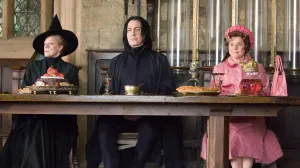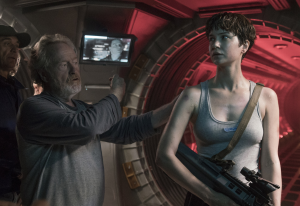Few films have captured the imagination of audiences and redefined the possibilities of cinema quite like Steven Spielberg’s E.T. the Extra-Terrestrial. Released in 1982, Spielberg’s masterpiece transcended its science-fiction roots to become a cultural touchstone that changed how Hollywood approached family entertainment. First, the film’s groundbreaking practical effects from Carlo Rambaldi brought E.T. to life with such convincing detail that audiences forgot they were watching an animatronic. Beyond its technical achievements, E.T. revolutionized family cinema by refusing to talk down to its young audience, instead treating their emotions and experiences with profound respect and understanding. That was possible because, through the story of a lonely suburban boy and his extraordinary friendship with a stranded alien, Spielberg crafted a deeply personal narrative that resonates with universal themes of connection, growing up, and the magic that exists in everyday life.
Videos by ComicBook.com
Through masterful direction, intimate storytelling, and performances that feel authentic, Spielberg created a perfect synthesis of technical craft and emotional depth that continues to move viewers four decades later. These three scenes perfectly exemplify why E.T. the Extra-Terrestrial is so good.
Elliott’s First Encounter With E.T.
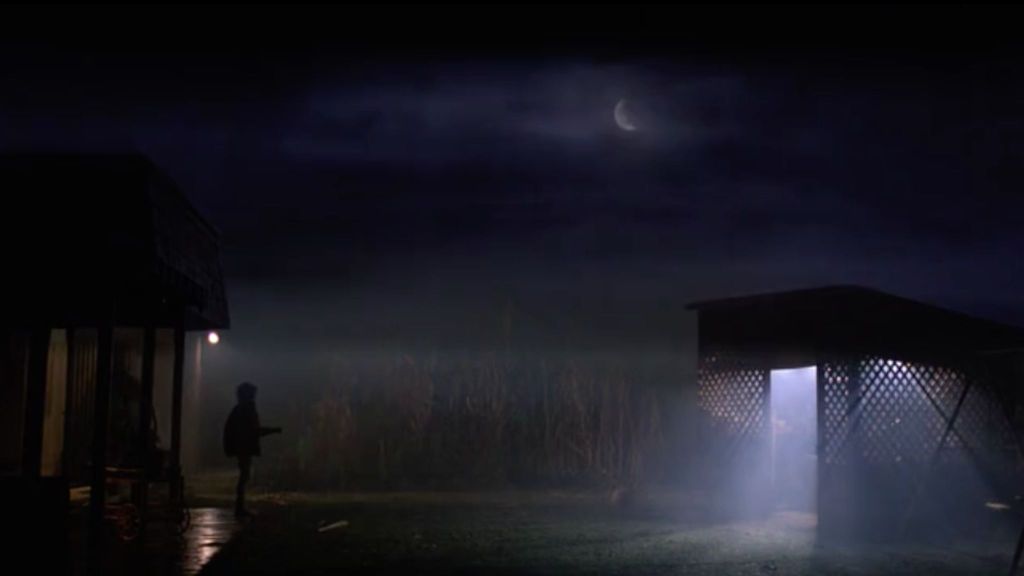
The wonder of E.T. begins in a suburban backyard, where young Elliott (Henry Thomas) investigates strange noises coming from his family’s tool shed. Spielberg’s construction of this first meeting demonstrates why the director is unmatched at capturing childhood wonder on film. For example, when Elliott throws a baseball into the darkness, and it mysteriously returns, Spielberg creates a moment of pure magic that taps into universal childhood experiences of investigating the unknown. The reveal of E.T. himself (brought to life by Pat Welsh’s distinctive voice work) is a masterclass in creature design and practical effects– the alien’s wrinkled skin, elongated neck, and enormous blue eyes make him both otherworldly and emotionally expressive. The following night’s Reese’s Pieces sequence builds perfectly on this foundation, showing E.T.’s three-toed feet following the candy trail before that pivotal moment when Elliott offers the candy from his hand, their heart-light connection forming as John Williams’ score swells with possibility.
[RELATED: I Think This Is Steven Spielberg’s Most Underrated Movie]
The Bicycle Flight
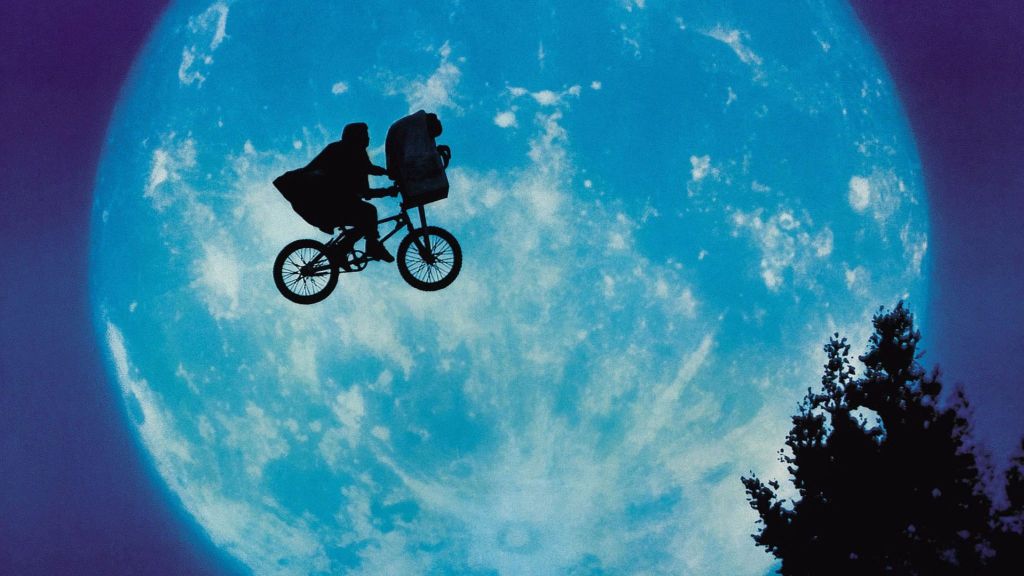
While the image of Elliott and E.T. silhouetted against the moon has become one of cinema’s most iconic shots, the entire bicycle flight sequence showcases Spielberg operating at the absolute peak of his powers. The scene begins grounded in urgent danger as the kids flee from government agents but transforms into something transcendent when E.T. uses his telekinetic powers to lift their bikes into the air. John Williams’ score rises to meet the moment, creating a surge of pure joy that perfectly captures the exhilaration of flight. The practical effects work remains incredibly convincing, but it’s the emotional foundation that makes this scene soar. By this point in the film, we’re so invested in Elliott and E.T.’s friendship that their triumph feels earned. As such, the flight represents everything cinema can be: a perfect fusion of visual spectacle, musical score, and character investment that creates pure movie bliss.
E.T.’s Heartbreaking Farewell
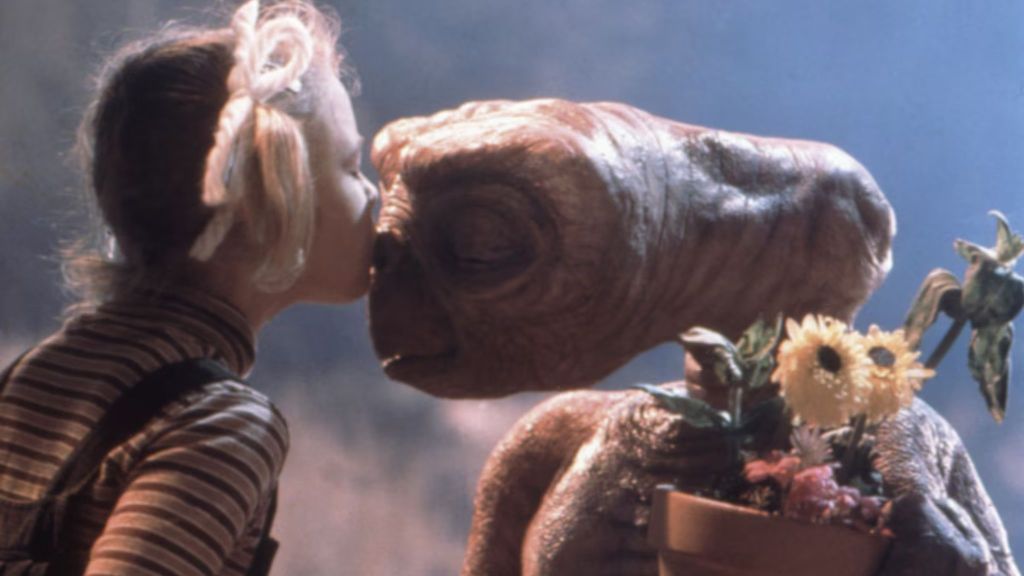
As E.T.’s ship descends into the forest clearing, bathing everything in ethereal blue light, Spielberg begins orchestrating a symphony of emotions. The scene’s power lies in its careful attention to each relationship E.T. has formed. His goodbye to Gertie (Drew Barrymore), making her finger glow one last time while telling her to “be good,” acknowledges their special bond. His embrace with Michael shows how even skeptics have come to love him. But it’s E.T.’s final moment with Elliott that cements the film’s legacy. When E.T. extends his neck to touch Elliott’s forehead and says, “I’ll be right here,” Spielberg captures something profound about love, loss, and growing up. Thomas delivers one of the greatest child performances ever filmed, his face conveying a visceral mix of joy and heartbreak. Finally, the rainbow trail E.T.’s ship leaves behind serves as a perfect visual metaphor for beauty emerging from sadness. This scene works because Spielberg trusts his audience, young and old, to handle complex emotions, showing how love transcends physical presence.






